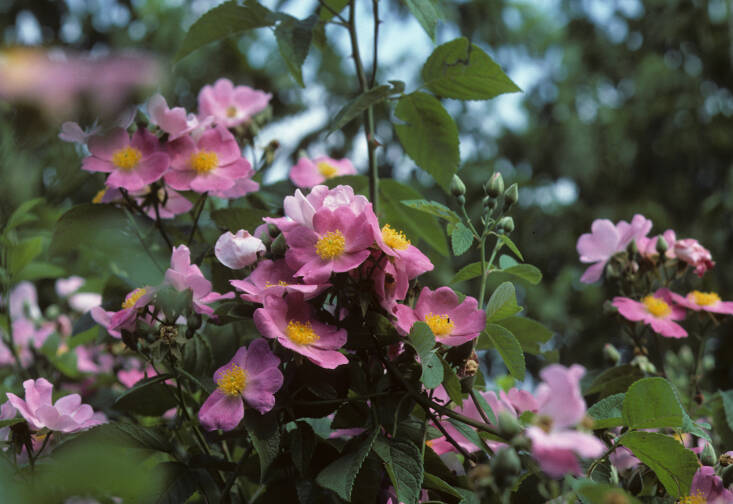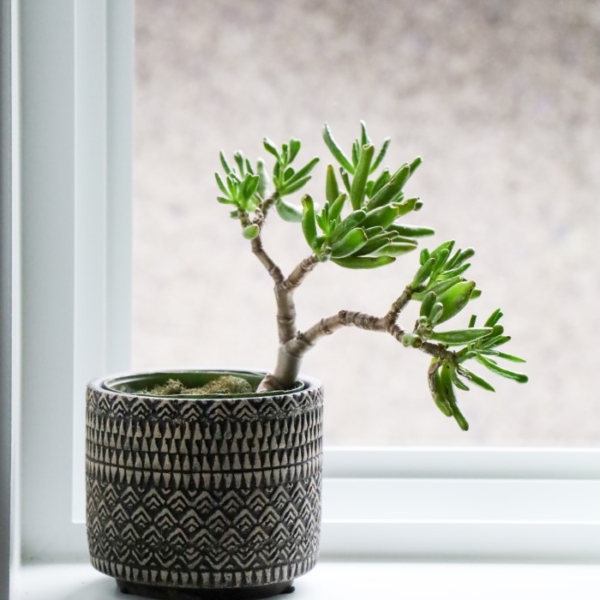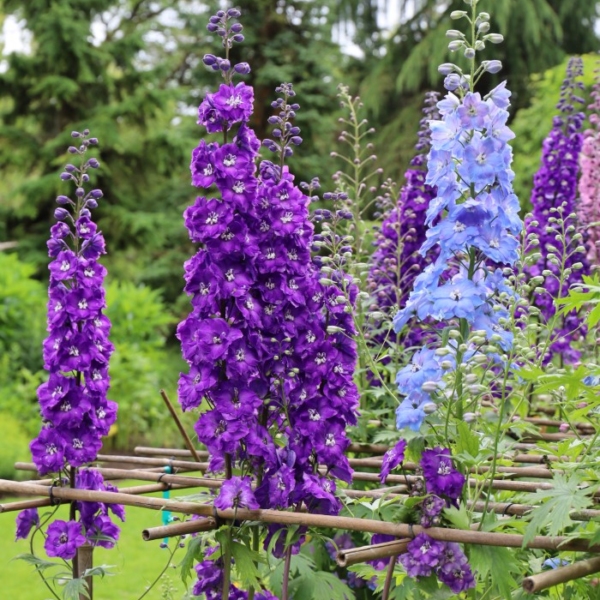I’ve always loved roses—especially those blowsy, old varieties. They’re lush, fragrant, and endlessly romantic. But growing them can be a challenge. As I look to grow more natives in my garden, I wanted to learn more about roses endemic to the U.S.
With about 20 species of rose native to the U.S., these perennial bloomers can be found growing in meadows and prairies, deserts, woodlands, even on the sides of roadways across the country. But don’t confuse them with invasive varieties, like multiflora rose, a perennial shrub native to Asia that is encroaching on meadows and woodsy areas throughout the Northeast, or rugosa rose, which is spreading in coastal areas due to in part to its salt tolerance. These invasives harm the eco-system by displacing native plants, which are critical food sources for wildlife.
Most native roses are single-petaled, pretty in pink, and only flower once. While they might be more subtle than many modern hybrids, they are brimming with pollen and nectar, which is invaluable to pollinators. “Many modern roses are sterile,” says Julie Marcus, senior horticulturalist at the Lady Bird Johnson Wildflower Center in Austin, Texas. “But native roses attract bees and butterflies and their hips lure birds.” Many also provide nesting sites and material for bees, as well as hosting larvae for butterflies and moths. The rosehips, which range from the size of a pea to that of a marble, add color to the winter landscape, hanging on long after the foliage drops, that is, “if the birds don’t get them all first,” says Marcus with a laugh.
To grow native roses at home, Marcus recommends you “evaluate your space first.” Look at how much room you have, your light, and soil conditions. “Then think about where these roses are found in the wild to see what you can grow,” she says. (Search for species on the wildflower.org plant database to see what’s native to your area and what growing requirements the rose needs.) When selected properly, native roses are hardy, adapted to your region, and will flourish with minimal work from you. Here are some standouts found throughout the country.
Climbing Prairie Rose

Sporting pretty, pink flowers about two inches in diameter with a subtle fragrance, climbing prairie rose (R. setigera) is a climber that will tolerate some light shade. It’s found naturally on the edges of woodlands and prairies thickets. Plant in well-drained soil and give it lots of room to grow. “Its branches can reach 15 feet, says Marcus. “In the wild they tangle over themselves, which provides structure and nesting material for bees.”


